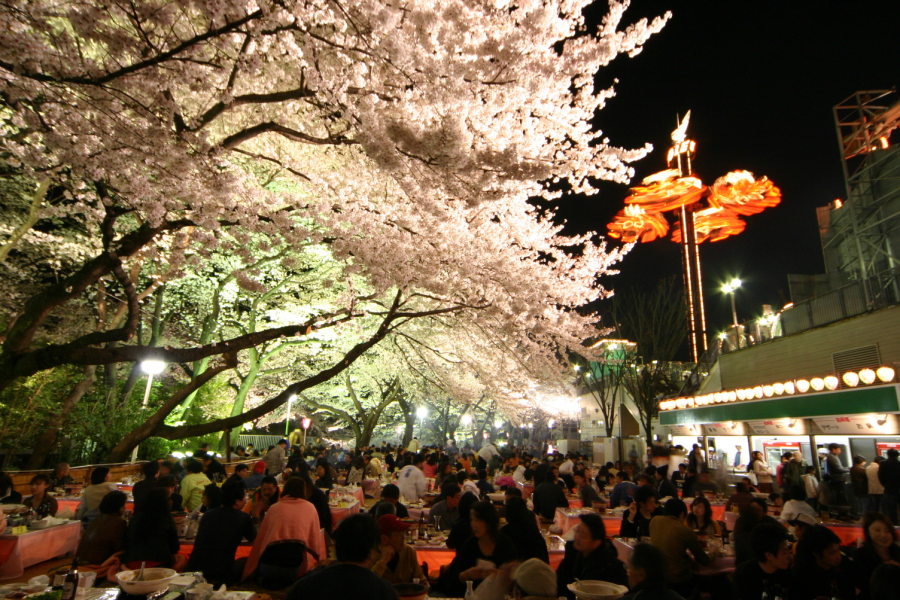Celebrating Japan's Toshimaen At 90

After more than nine decades, the Toshimaen amusement park closed its gates for the last time in August. Seibu Railway Co., which owned Toshimaen, sold part of the land the park sits on to the Tokyo municipal government. The rest of the property will be leased to a company partnering with Warner Bros. Entertainment, which will operate a Harry Potter attraction, scheduled to open in 2023.
Tokyoites long enjoyed going to Toshimaen to eat and drink under the cherry trees during the annual Hanami festival, when Toshimaen hung lanterns to create beautiful views throughout the park. Also popular in the hot summer months were the pools and 30-plus slides of the Hydropolis water park.
Toshimaen opened in 1926 after a businessman named Kozaburo Fujita purchased land northwest of Tokyo and opened a park to encourage the Japanese capital’s residents to exercise and garden. Over time, swimming pools and water slides were added, as well as a corkscrew roller coaster and other rides, making Toshimaen a favorite destination for teens and families alike. In recent years, approximately 1 million people visited the park annually, including 300,000 who frequented the water park.
“I have many favorite memories of Toshimaen,” reflects Hiroshi Uchida, Toshimaen’s director of park planning, “including the introduction of the world’s largest Huss Flying Pirates (a giant, double Pirate Ship with three times the capacity of the standard model) and the launch of Hydropolis.”
Uchida first joined Toshimaen nearly 40 years ago in the maintenance department after studying mechanical engineering in college. He subsequently progressed into sales and management.
“Toshimaen’s leaders have visited many amusement parks in the United States and Europe, since I joined the company in the 1980s, and we have endeavored to emulate them,” he says. “The American amusement park is especially good at creating play and is an eternal example for our Japanese amusement parks.”
During Uchida’s lifetime, Toshimaen made attractions industry history on several occasions. One of the world’s first “lazy rivers” opened there in 1965, several years before the term was even coined in the West. The park also featured the first roller coaster in Japan to descend into a tunnel. At times, riders plunged through the tunnel in complete darkness, while at other times, the tunnel was illuminated by rainbow lights. Toshimaen was also the first park in the country to introduce an unlimited-ride pass, instead of solely selling single-ride tickets.
Many parkgoers will remember Toshimaen best though, Uchida suspects, for the “El Dorado” carousel. This classic wooden carousel debuted in Munich, Germany, in 1907 during Oktoberfest, before moving to Coney Island, New York, where it remained until the mid-1960s. Toshimaen then acquired the carousel and spent two years refurbishing it, before returning it to service in 1971. During that time, a musical about the carousel’s origins was performed, and the Japan Society of Mechanical Engineers gave the ride “mechanical heritage” status.
Toshimaen’s website promises “El Dorado” will return. “I can’t stop here,” the website reads. “We look forward to seeing you again someday. It will continue to rotate forever in a new land.”
